
The investigators concluded that the MIDAS questionnaire may be a useful tool in the development, testing, and prescription of cost-effective medications for those with migraine whose direct and indirect costs are high.

The investigators concluded that the MIDAS questionnaire may be a useful tool in the development, testing, and prescription of cost-effective medications for those with migraine whose direct and indirect costs are high.
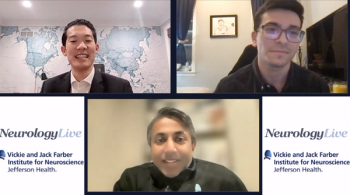
Two experts at Jefferson Health discuss several topics related to advances in neurosurgery, technology, and the future of minimally invasive procedures.

The investigational antisense oligonucleotide, previously known as IONIS-C9Rx, failed to meet any of the secondary efficacy end points in its phase 1 trial but was well-tolerated. The companies plan to present the data at a future medical meeting.
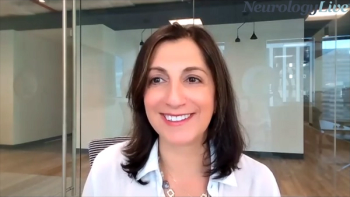
The president and chief executive officer of The ALS Association provided insight on the availability of genetic testing for ALS and the organization’s efforts to increase access for the future. [WATCH TIME: 2 minutes]

Patient respondents documented a minimum acceptable treatment benefit of 39% if it meant it reduced their risk of long-term problems from 10% to 0%, and a lower chance of benefit to undergo noninvasive over invasive surgery.
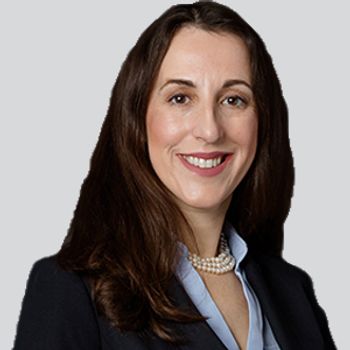
Abnormal scores on cognitive testing persisted in 50% of patients without a pre-COVID history of cognitive abnormalities, irrespective of the presence or absence of a neurological complication during hospitalization.
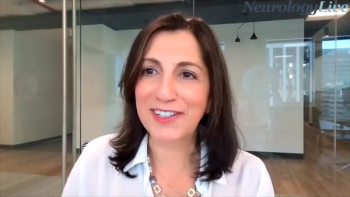
The president and chief executive officer of The ALS Association highlighted a few of the major developments in the ALS field over the past decade, led by advances in technology. [WATCH TIME: 3 minutes]
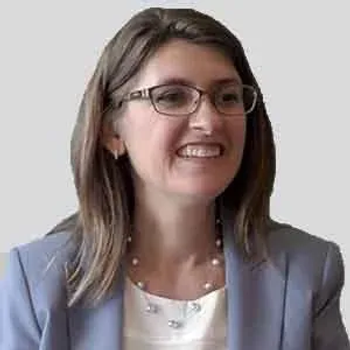
The decision expands the indication of Fintepla, developed by Zogenix, beyond Dravet syndrome to pediatric patients age 2 years and older with the developmental and epileptic encephalopathy.

Here's what is coming soon to NeurologyLive®.
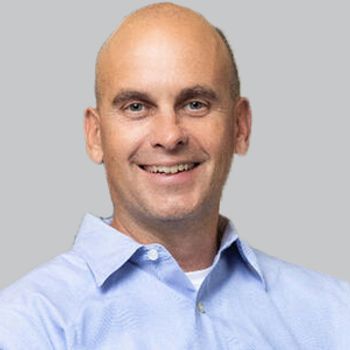
Jefferson Kinney, PhD, founding chair of the department of brain health at UNLV, discussed the ways a new NIH grant will assist in building a robust neuroscience research infrastructure at the Center for Neurodegeneration and Translational Neuroscience.

Test your neurology knowledge with NeurologyLive®'s weekly quiz series, featuring questions on a variety of clinical and historical neurology topics. This week's topic is headache and migraine.

How Tracy Dixon-Salazar, PhD, the executive director of the LGS Foundation, went from a new mother to a neuroscientist, and her decades-long quest to improve the lives of patients like her daughter, Savannah.

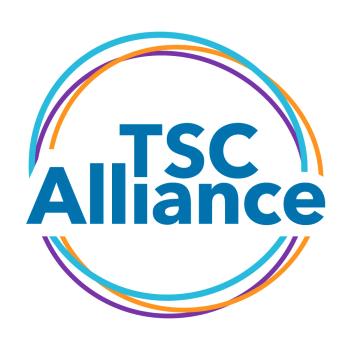
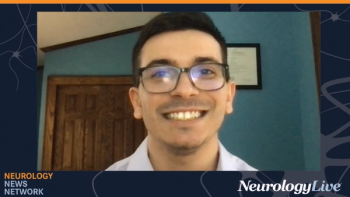
Neurology News Network for the week ending March 26, 2022. [WATCH TIME: 4 minutes]

Take 5 minutes to catch up on NeurologyLive®'s highlights from the week ending March 25, 2022.
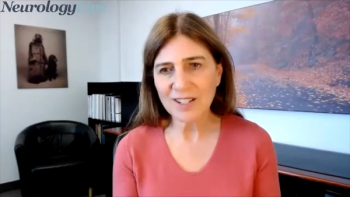
The neurologist and assistant professor at the University of Toronto discussed the different valued biomarkers to assess Alzheimer disease and whether the introduction of retinal imaging changes clinician perception of the most valuable biomarkers. [WATCH TIME: 3 minutes]
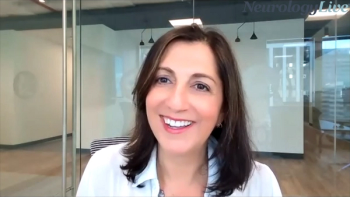
The president and chief executive officer of The ALS Association discussed how prevention is being talked about in the ALS community and why it’s no longer a far-off reality. [WATCH TIME: 4 minutes]

Mind Moments™, a podcast from NeurologyLive®, brings you an exclusive interview with Friedmann Paul, MD. [LISTEN TIME: 27 minutes]
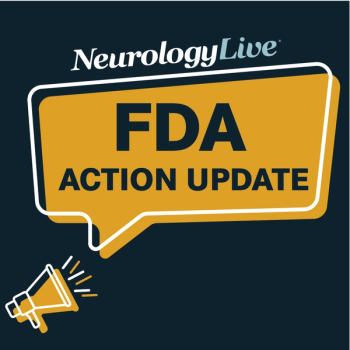
Catch up on any of the neurology news headlines you may have missed over the course of the last month, compiled all into one place by the NeurologyLive® team.
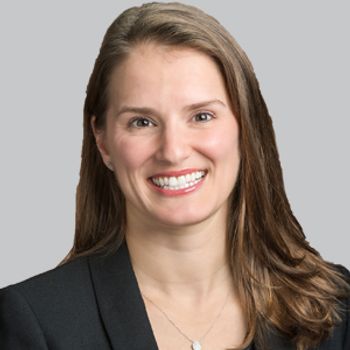
During Cerebral Palsy Awareness Month, leaders in the field expressed their love for the CP community, the progress made in managing the disorders, and the steps needed to advance care into a realm never before seen.

The overall attributable fraction of multiple sclerosis due was 13.1%, in comparison with just 0.6% of ex-smokers, indicating the beneficial effects of smoking cessation.

Perceived negative effects on health care included disruption of interventional treatments that required in-person contact, concerns about losing healthcare providers, reluctance to use urgent care, and difficulty in obtaining certain medications due to shortages.
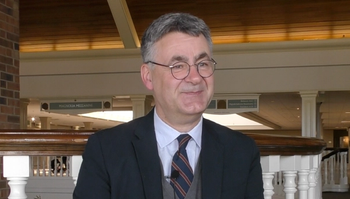
The senior investigator in the Neuromuscular and Neurogenetic Disorders of Childhood Section at NINDS shared his perspective on the data coming out of neuromuscular research and the promise of genetic medicine. [WATCH TIME: 2 minutes]

The risk of autism after perinatal ischemic stroke and childhood stroke was 2.7-fold and 3.30-fold, respectively, compared with matched controls in the study.

Topline data from the phase 3 ADAPT-SC study (NCT04735432) suggest that the subcutaneous formulation of the Argenx product was statistically noninferior to the recently approved IV formulation, efgartigimod afla-fcab (Vyvgart).
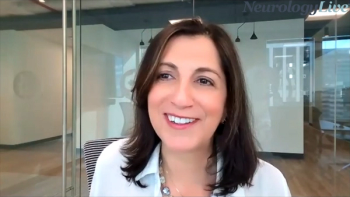
The president and chief executive officer of The ALS Association provided commentary on the most pertinent issues with managing patients with ALS and the ways to improve current treatment standards. [WATCH TIME: 4 minutes]
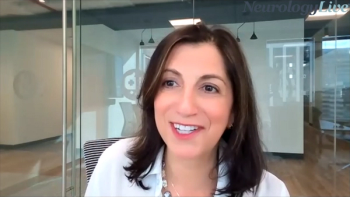
The president and chief executive officer of The ALS Association provided insight on how the organization is advancing the therapeutic pipeline of ALS agents for the foreseeable future. [WATCH TIME: 3 minutes]

The founding chair of the department of brain health at UNLV discussed a recently awarded NIH grant dedicated to advancing neuroscience research for the long-term future.

The director of neuromuscular clinical trials at Columbia University Irving Medical Center shared her perspective on the discussions that took place at MDA 2022 and the importance of collaboration among clinicians and researchers.